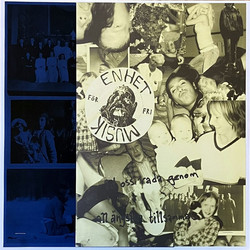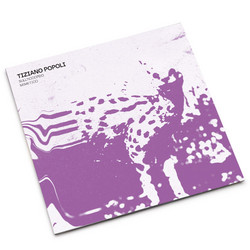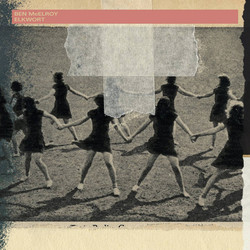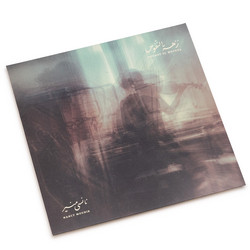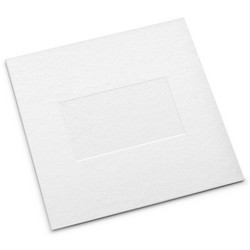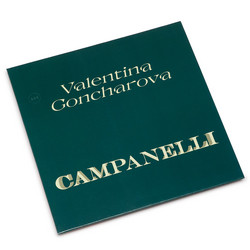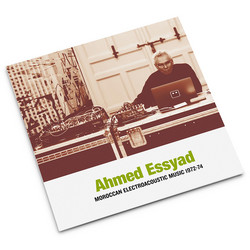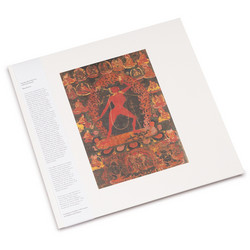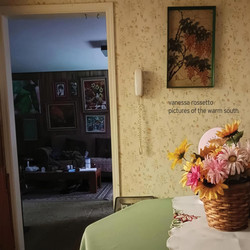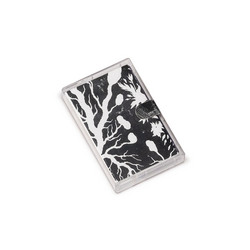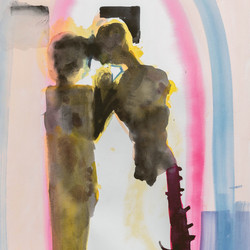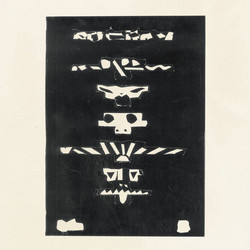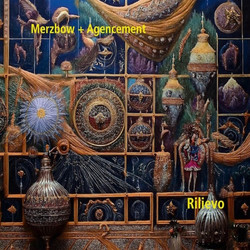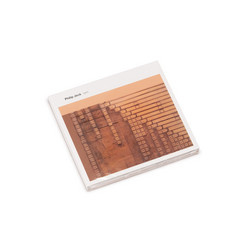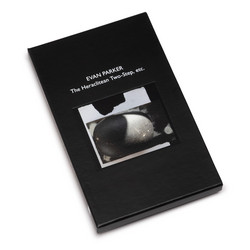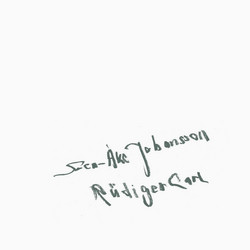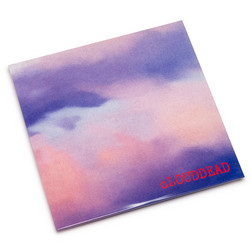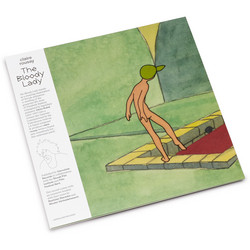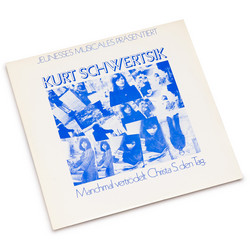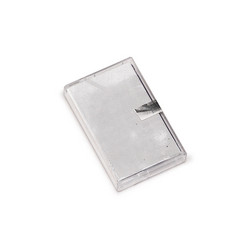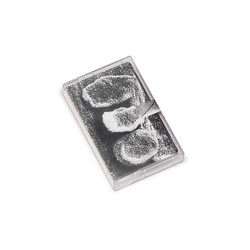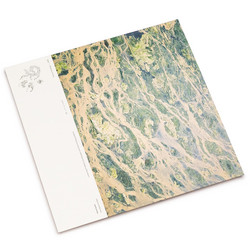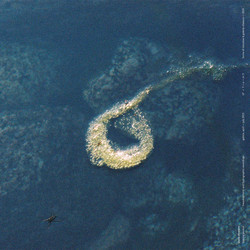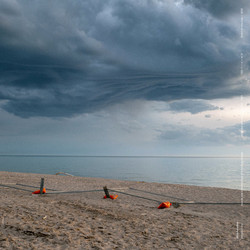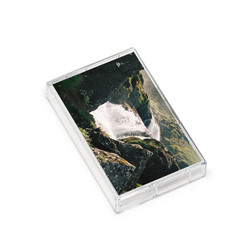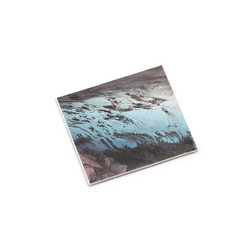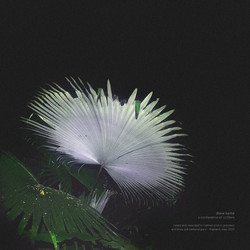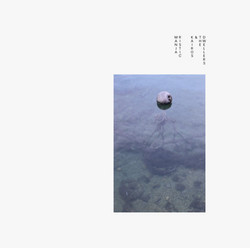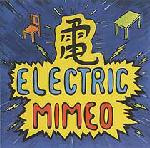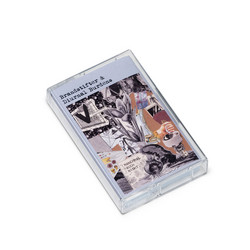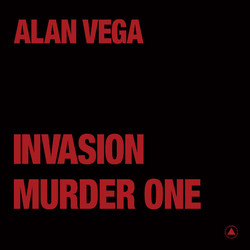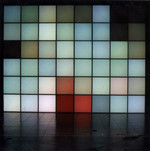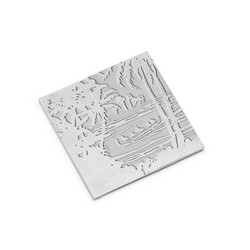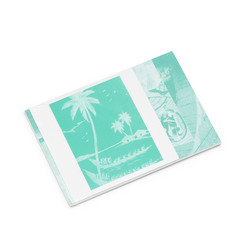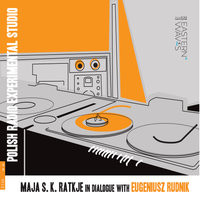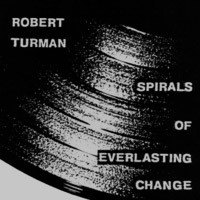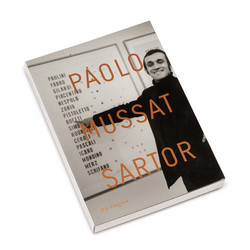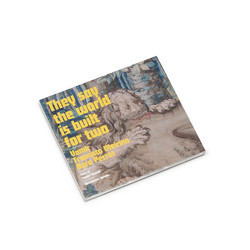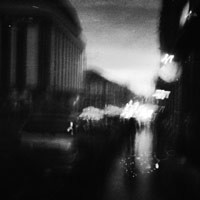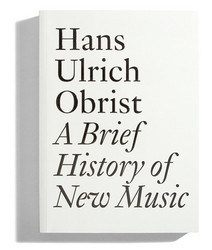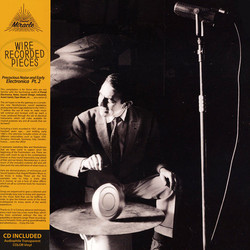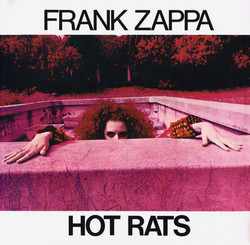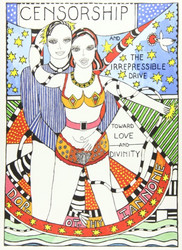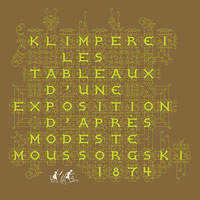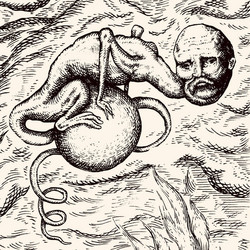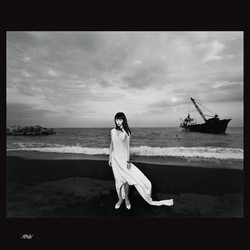Emmanuel Mieville
Four Towers and a Bridge (Tape)
Tip! **60 copies limited edition** With "Four Towers and a Bridge", composer and field recordist, Emmanuel Mieville shares musique concrète spells and sonic bridgings of machinery acoustics. In the span of four tracks, electroacoustic sculptings and dronesque gestures intersect to form a seemingly continuous investigation of the mechanisms of passage. The album toys with sounds recorded in, on, and around technologies of crossing; from the Ponte Eiffel bridge in Viana do Castelo (Portugal) to the elevator and automated railway system of the BnF (the national library of France) in Paris. The latter, known as the TAD, is a hidden transportation apparatus made of suspended cases that move books and documents from the BnF’s stocking areas to its lecture rooms. To each track its means of traversing and its subjects: a bridge and its vehicles, an elevator and its humans, the TAD and its printed matter, a precipitation and its water.
These transits resonate and Mieville listens but also answers. Their rhythms, hums, vibrations, and squeaks intertwine and, at times, are accompanied by the sustained murmurs of a stringed and motorized hurdy-gurdy instrument that gives hints of a recontextualized French folk music. Surprisingly, the album concludes with an opening on a rural environment where the machines have stopped to give way to the pattering of rain. This short-lived soundscape offers us a window into a strange micro-world harbored by a drenching. But with the title "Four Towers and a Bridge", the album inevitably suggests an architectonic context. Yet the impression of architecture expands beyond the investigated sites and technologies as the notion of bridging is brought to life by the music and the artist’s compositional methodology. With its field recording material and studio manipulations, the album forms connecting wires between sounds from the real and sculpted electroacoustic interventions, thus providing passage from the concrete to abstractions. This is underlined further by the blending of the machines’ humming qualities with the hurdy-gurdy’s. A drone transports like a vessel.
Mieville is aware of that and his musique concrète creates a music of crossing that carries us from one place — or state — to another. Finally this bridging seeps back into the tangible as it materializes on the composer’s reel-to-reel tape and ultimately on the cassette you are listening to. In the composer’s own words, “the bilateral movement between hearing and sculpting sounds yields a concrete substance, while decontextualization offers a new space for listening”. It is that space’s ambiguity that four towers and a bridge investigates while extending an invitation to dwell in the liminality of connecting mechanisms. This is a music of transit.
